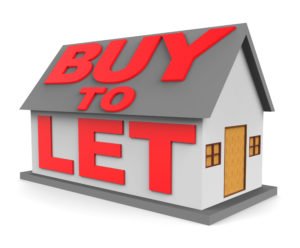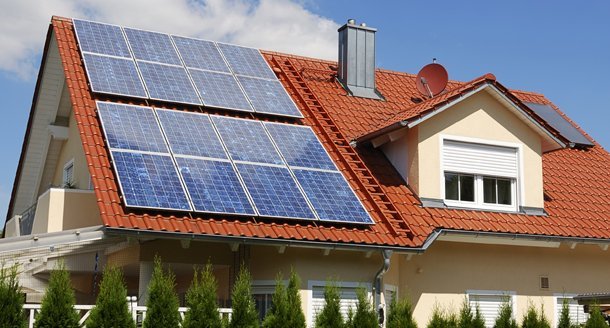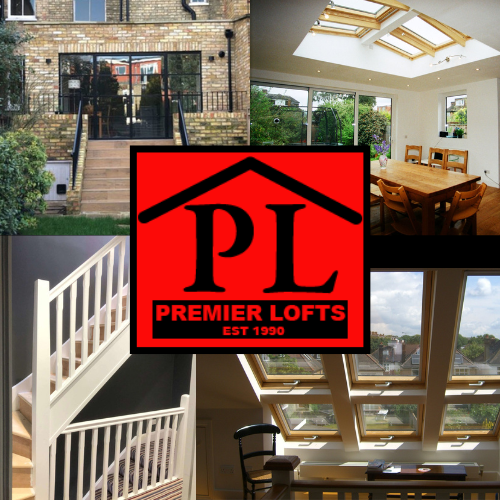You may have heard the term Buy-to-Let floating around, but you may not actually know what it means. It seems a lot of people are confused as to the reasoning for the introduction of the scheme.
 Buy-to-Let is essentially purchasing a property with the intention to let it out for income. For this, a mortgage is usually required as many people cannot just buy the property outright in cash and there are specific Buy-to-let mortgages.
Buy-to-Let is essentially purchasing a property with the intention to let it out for income. For this, a mortgage is usually required as many people cannot just buy the property outright in cash and there are specific Buy-to-let mortgages.
These are for landlords who property in order to rent it out to a third party. The rules and regulation surrounding buy-to-let mortgages are very similar to regular mortgages, however, there are some key differences which separate them.
Who can get a buy-to-let mortgage?
You are eligible for a buy-to-let mortgage if one of the following applies to you:
- You want to invest in flats or houses
- You are able to financially take the risk – be aware that investing in property can be a risky business. Therefore, you should make sure you are able to afford to take out a buy-to-let mortgage in the first place.
- You already own your own home – this can be outright or with a mortgage.
- You have a good credit history and can prove that you are not financially stretched with your other finical obligations (e.g. your other mortgage or your credit cards).
- You earn over £25,000 a year – this is put in place because it would be unfair lending to approve a loan like this to someone who likely will not be able to keep up with the repayments.
- You are under the age limit specified by the lender, which is usually between 70 and 75. This is the oldest you can be when the mortgage will end, not when it starts, confusingly. For example, if you are 45 when you take the mortgage out which is 25, you will be 70 when it ends.
How do buy-to-let mortgages work?
As mentioned, they do work in a similar way to regular mortgages, however, these are some key differences:
- The fees and interest rates tend to be a lot higher
- The minimum deposit for the buy-to-let mortgage is usually 25% of the property’s value. This can vary anywhere between 20%-40% depending on the lender and the deal.
- In most cases, buy-to-let mortgages are interest-only. What this means is that you will not pay anything each month, but at the end of the mortgage term, you will repay the capital in full in a lump sum.
Where can you get a buy-to-let mortgage?
The majority of big banks and some specialist lenders do offer buy-to-let mortgages. If you are serious about taking one out, you should speak to a mortgage broker before you do go ahead and take one out – they will help you choose the most suitable deal for your situation.
A great place to start your journey is by looking at some comparison sites, this way you will be able to view the best deals whilst tailoring your needs as you go. Do remember that not all comparison websites will give you the same results, so it is worth checking out a few comparison sites to get the most out of them collectively.
Buy-to-let and Tax
If you sell the property that you obtained on the buy-to-let mortgage scheme and made a profit, you will have to pay Capital Gains Tax. It must be noted that you should not rely on selling your property in order to pay for the mortgage – the price may drop, you will lose out and you may have to fork out for tax.
In addition, any income from the renting of your property which exceeds your mortgage interest payments and certain allowable expenses are going to make you liable for paying Income Tax.


